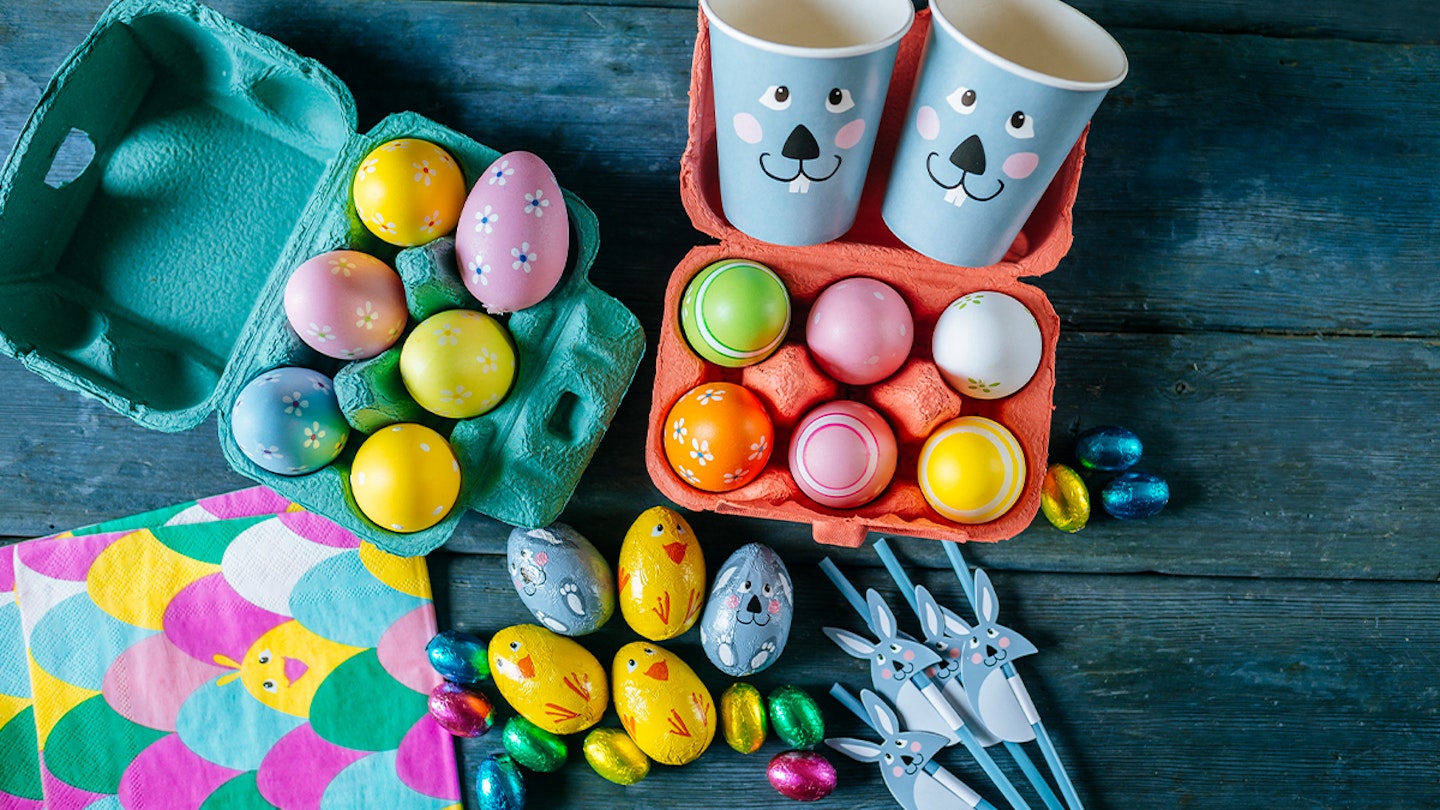Easter is the most important Christian celebration of the year as it is when Christians celebrate the resurrection of Jesus Christ. Eggs have a significant role in many countries’ Easter celebrations and, for most of us, giving and eating a chocolate Easter egg is a big part of the festivities, but why do we have Easter eggs in the first place?
Why do we have Easter eggs?
Throughout the ages, people have given each other eggs to celebrate the new season, as eggs are thought to represent new life and rebirth.
During the medieval times it was forbidden to eat eggs during Lent (the six week period leading up to Easter), so on Easter Sunday devouring an egg was considered a real treat. This was more true for poorer people who couldn’t afford luxuries, such as meat. Churches were given eggs by the people as Good Friday offerings and villagers would often gift lords of the manor with an egg.
People had superstitions about eggs at Easter too. It was believed if a hen laid an egg on Good Friday and it was kept for 100 years, the egg would turn into diamonds and if you were lucky enough to have an egg with two yolks it was a sign that you would become rich. It was also believed that if you cooked an egg on Good Friday and ate it on Easter Sunday that it could improve your fertility and even prevent unforeseen death.
‘Pace eggs’
This is something that became popular in Lancashire in the 18th century. Pace eggs were made from hard boiled eggs (hen, duck or goose) with decorated shells and were then given as gifts at Easter, or to actors at ‘pace egg plays’.
These eggs were also used in ‘egg rolls’, where the eggs were rolled along the ground in a race. As you can imagine, egg rolls were popular with children and the aim was to see who could roll their egg the furthest without it breaking. Egg rolling still continues today in parts of England today, with an annual event in Preston and Lancashire, but instead of real eggs being rolled it’s usually chocolate eggs.
Why do we have chocolate eggs at Easter?

Instead of handing out real chicken, duck or goose eggs at Easter, now it’s chocolate Easter eggs, with around 80 million bought in the UK each year.
The first chocolate eggs appeared in France and Germany in the 19th Century, but they were not like the chocolate eggs we know today - they were bitter and hard. But, as chocolate-crafting techniques have improved Easter eggs became more appealing and became the hollow eggs we have nowadays. In 1873, the first chocolate Easter egg was made by J.S Fry Sons and Cadbury. In 1875, they produced the modern chocolate Easter egg that we see in shops today.
For Christians, Easter eggs symbolise rebirth and new life, in the same way that Jesus resurrected.
Where did the Easter bunny come from?

The tale of the Easter Bunny was created in the 19th century. In the legend, the Easter Bunny lays, decorates and hides eggs as they are a symbol of new life. This is why many children look forward to an Easter egg hunt during the days’ festivities.
What are some Easter egg traditions from around the world?

There are many different Easter traditions around the globe. In Bulgaria, they throw the eggs in a huge egg fight that takes place among families, with whoever still has an egg intact at the end of the game deemed the winner and assumed to be the most successful member of the family in the coming year.
Meanwhile in the town of Haux in France on Easter Monday, it’s tradition to crack over 5,000 eggs into a giant omelette that feeds around 1,000 people from the town’s main square.
In the US, eggs are used for the traditional Easter Egg Roll where the President invites children to roll coloured hard-boiled eggs down the White House lawn on Easter Monday in a custom that dates back to President Rutherford in 1878.
In Switzerland, Easter eggs are delivered by a cuckoo and in parts of Germany by a fox.
Additionally, the chocolate bunny we’re used to in the UK is swapped in Australia for a chocolate bilby - a small, rabbit-sized marsupial that is highly endangered.
Popular articles to read next
Everything you need to know about making Easter eggs at home
